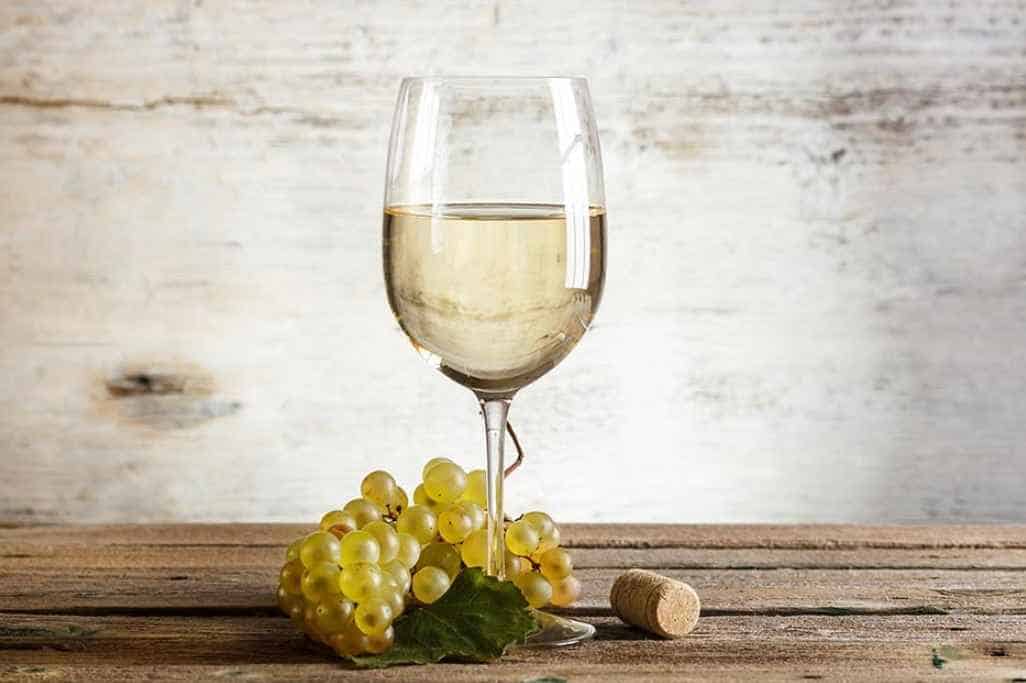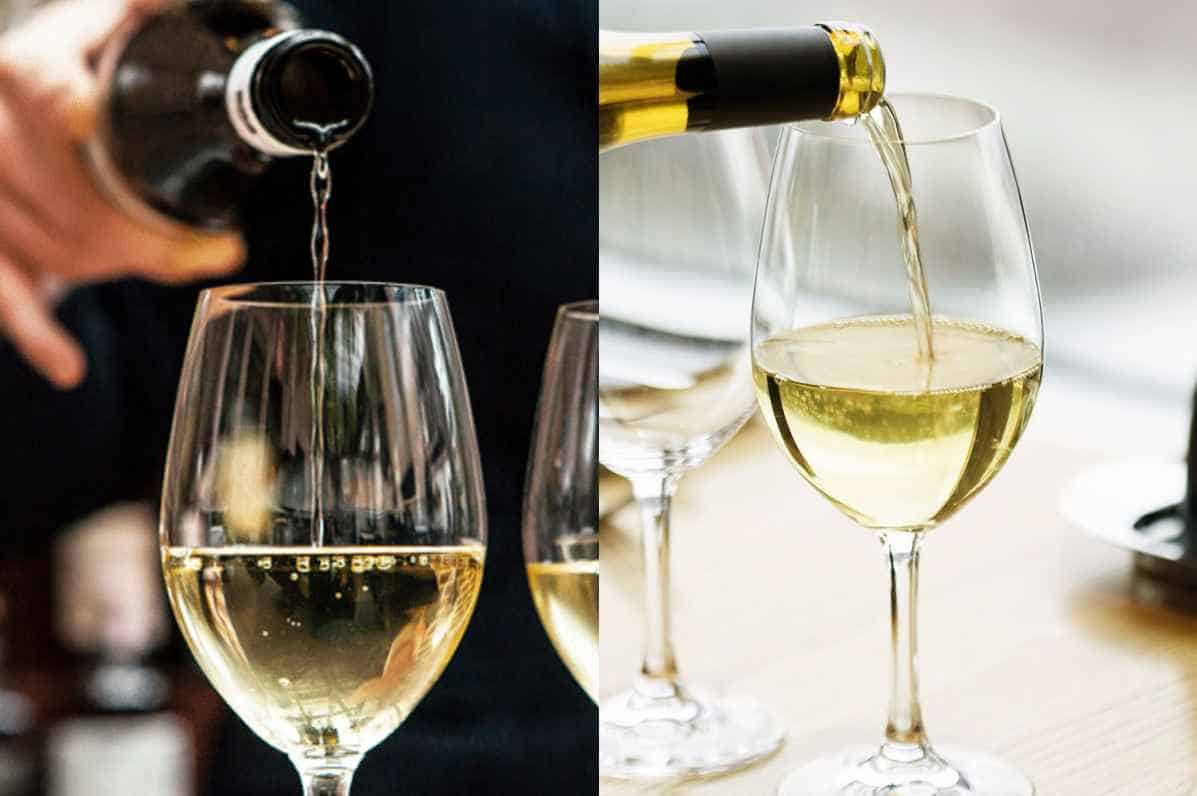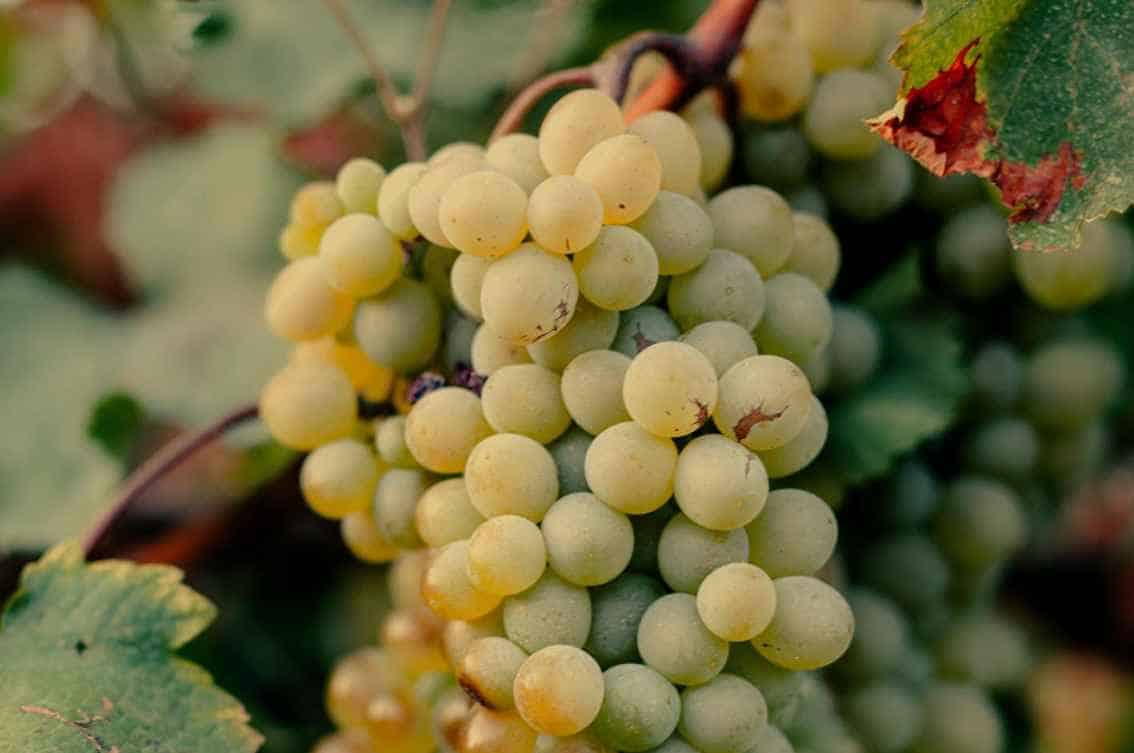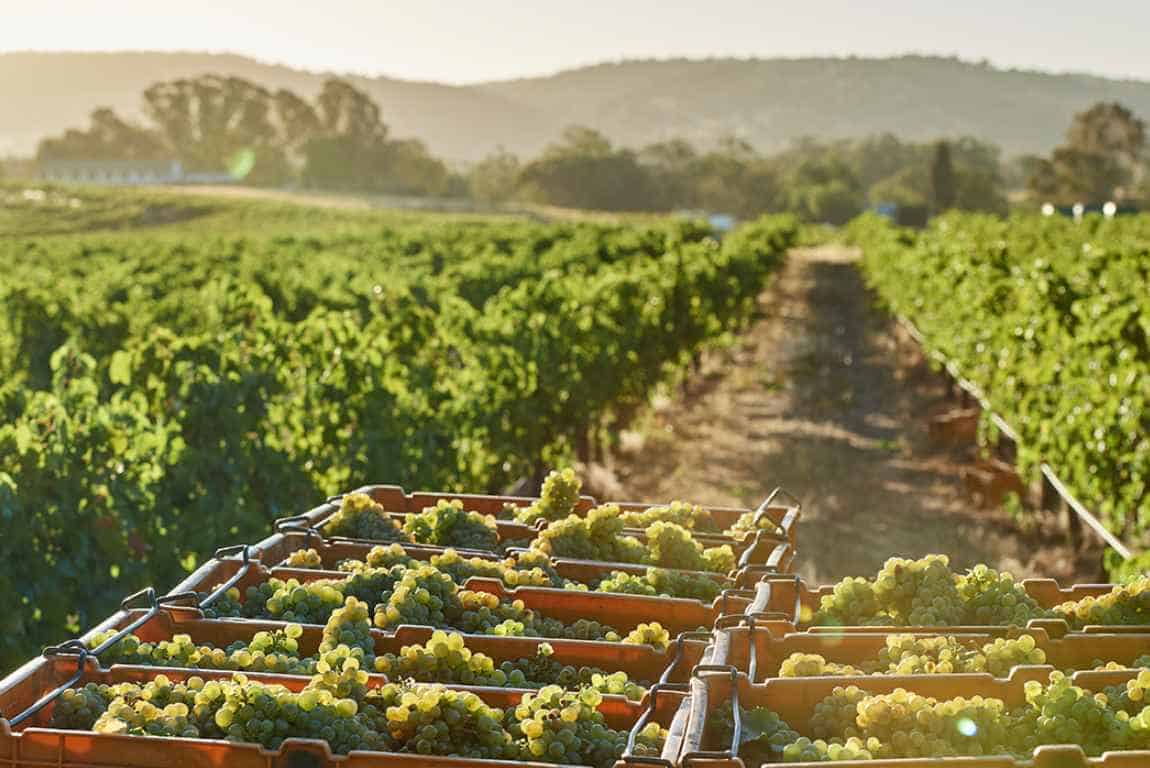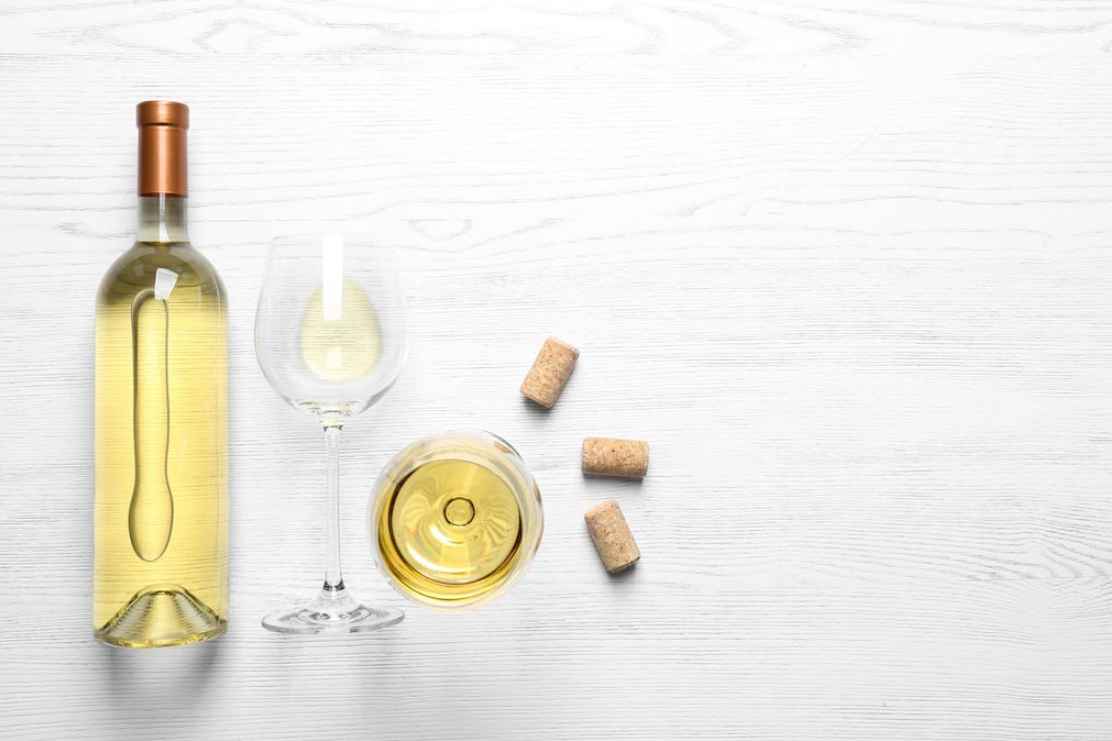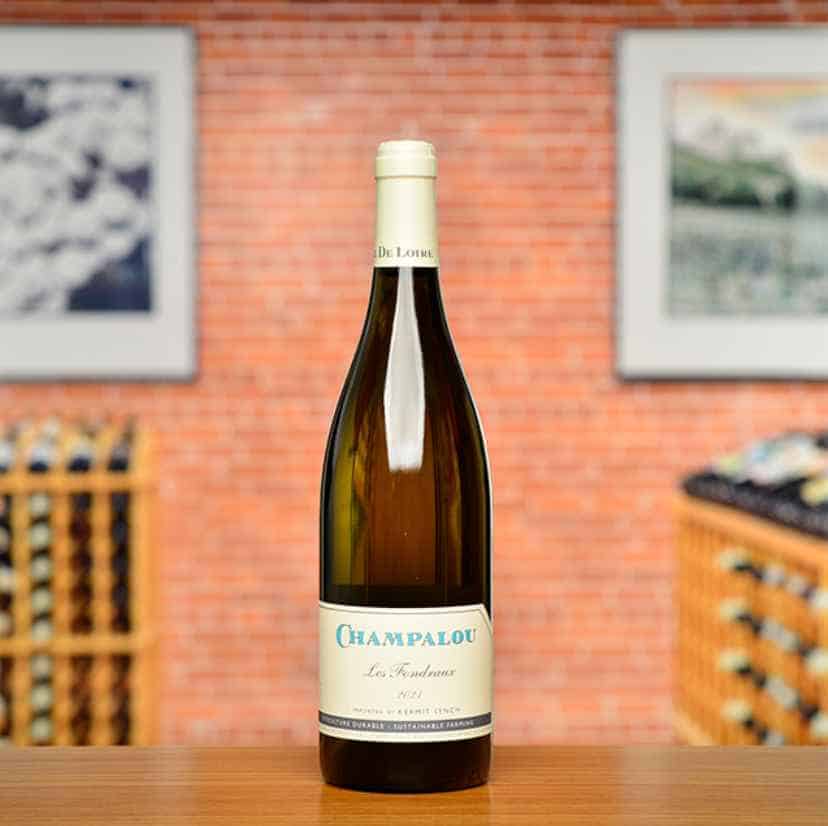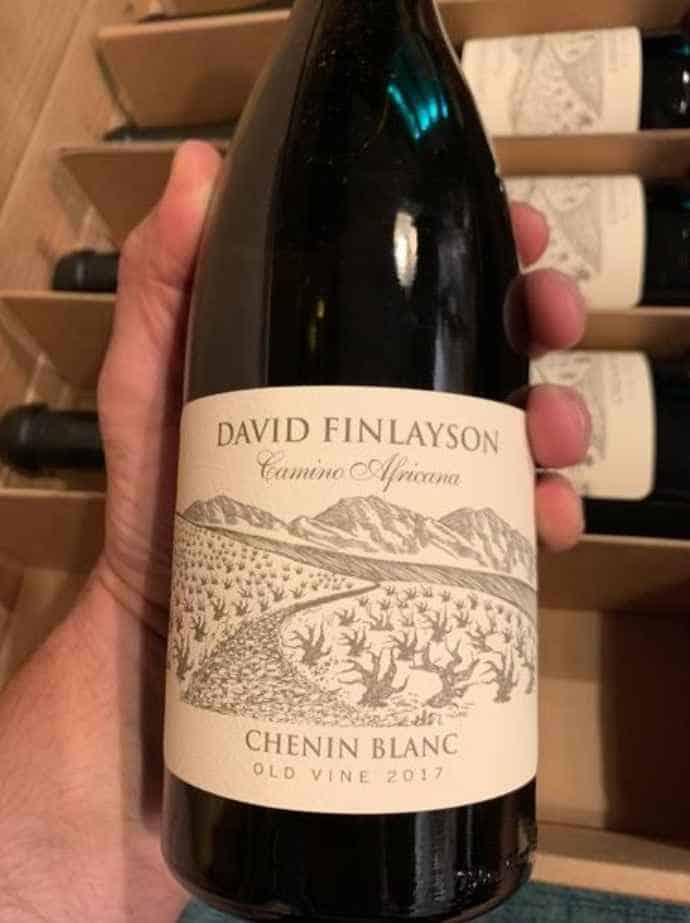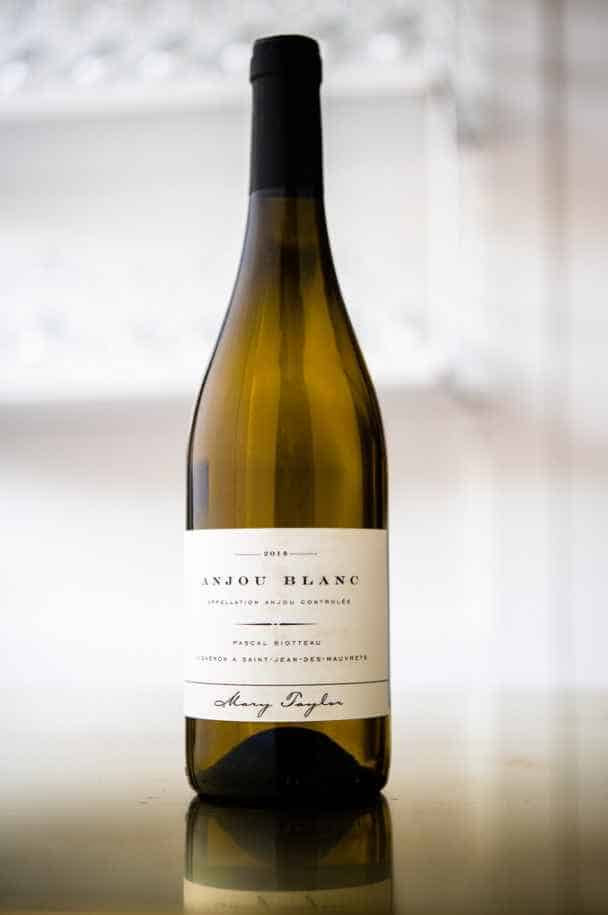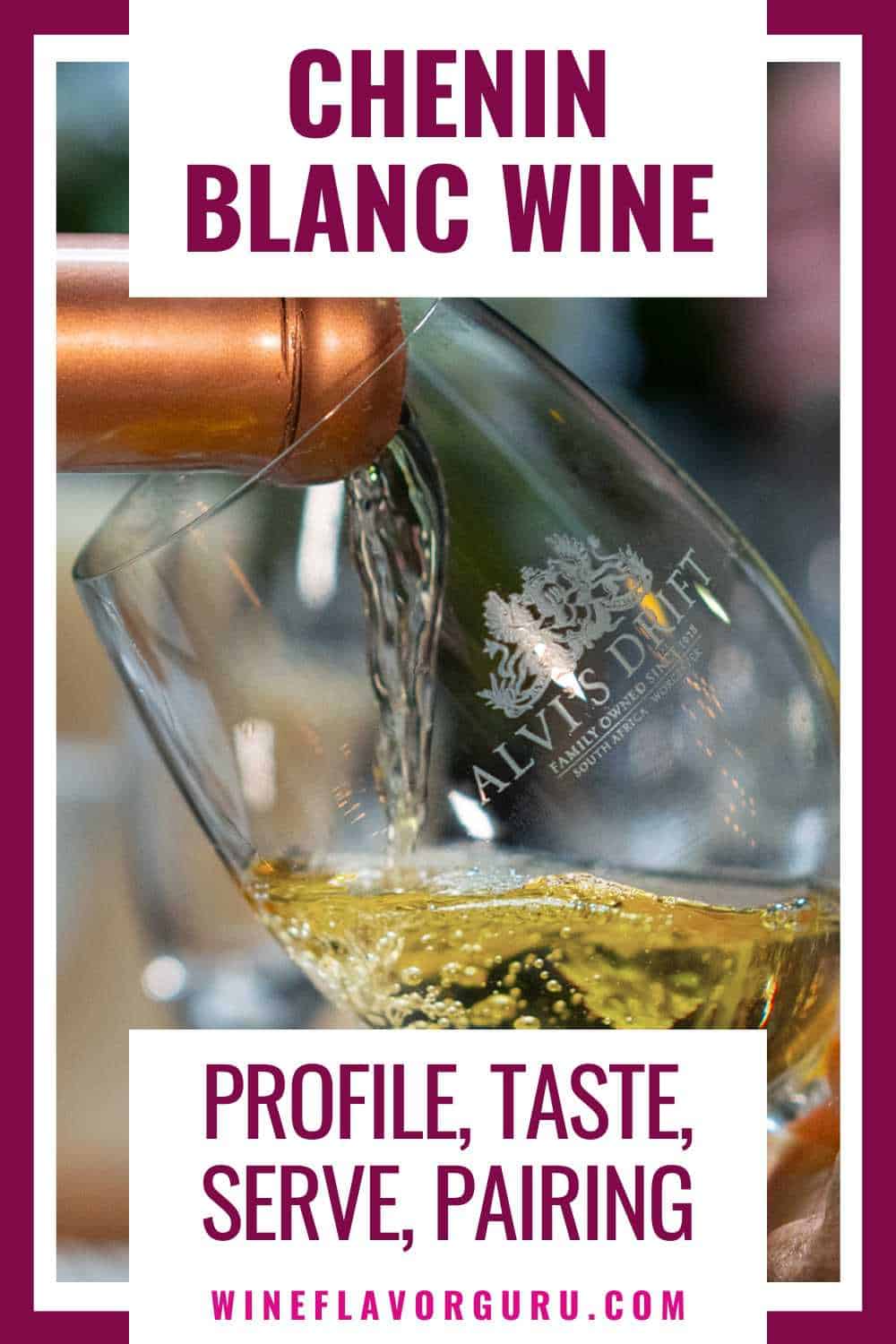Our exploration of French winemaking leads us to the Loire Valley and its classic Chenin Blanc white wine. Learn more about this exquisite blend and why it’s worth your time by reading our article. We can assure you that, after delving into its intricacies, you’ll be a devoted fan of Chenin Blanc!
What is Chenin Blanc Wine?
| Origin | Loire Valley, France |
| Commonly made with | Chenin Blanc |
| Color | White |
| Taste | Sweet |
| Texture | Bold and Acidic |
| Sugar Content (per liter) | 10g to 50g |
| ABV | 11% to 13% ABV |
| Biggest Producers | France, South Africa |
The Chenin Blanc wine derives its name from the grape variety of a similar moniker. This type of grape originates in Loire Valley, universally recognized as an ideal terroir for winemakers. Specifically, it is Chenin-sur-Loire that inspired this particular varietal—first cultivated in 18th century France within this village’s boundaries.
The Loire Valley has been home to Chenin Blanc vineyards for more than a thousand years. It is still one of France’s most widely grown varieties of wine grapes.
Although the grape was first grown in France, it is cultivated worldwide today. The United States of America, Australia, and South Africa have their fair share of Chenin Blanc plantations.
Chenin Blancs are renowned for their acidic and fragrant compositions, varying from invigoratingly light to robustly profound. Its high acidity gives it a tart yet succulent flavor profile; pear, apple, and other sweet fruity flavors combined with earthly undertones of honey and vanilla make this wine an incredibly complex delight.
An often intimidating task, pairing white wine with food is made considerably easier by Chenin Blanc. Not only can it superbly complement any dish you serve, but it also stands alone remarkably well.
This versatility makes it an ideal selection for upscale dining experiences. No matter the cuisine being served, from a light vegetable salad to fish heavily seasoned with spices and herbs, Chenin Blanc would pair perfectly!
Chenin Blanc and Sauvignon Blanc: The Difference
Being two of the most popular French wines, the two are frequently mistaken for one another. These highly adaptable wines are an excellent accompaniment to a wide range of foods and events. But what separates these French wines from one another?
Chenin Blanc wine originates in France’s Loire Valley. A dry, slightly acidic wine with a faintly fruity aftertaste.
By contrast, Sauvignon Blanc hails from the Bordeaux region of France and contains notes of grass and herbs alongside its more fruit-forward flavors.
Despite their resemblance in form, Chenin Blanc and Sauvignon Blanc could not be further apart when it comes to taste or texture–each unique blend has been cultivated for a distinct flavor that sets them worlds apart.
How is Chenin Blanc Wine Made?
Chenin Blanc is one of the most adaptable grapes, which allows it to be present in a wide range of wine styles. White wine is the most common, but it’s also excellent for creating sparkling wine and cider.
Grapes are the foundation of Chenin Blanc, a hardy variety that thrives in both hot and cold climates across many soil types. The Loire Valley’s clay-based soils contribute to its wines’ signature minerality.
The high temperatures in the area provide ideal conditions for optimal growth. It results in an unparalleled ‘mineral’ quality that has become synonymous with this delightful wine.
However, as stated earlier, Chenin Blanc is not just excellent in warm climates. Due to its hardiness, many vineyards can cultivate Chenin Blanc in relatively cool regions like the United States. Wines made from this grape thrive in warmer, more acidic climates.
The grapes used to make Chenin Blanc wine can be picked by hand or with the aid of machinery. The harvest time for this white wine typically occurs late in the year.
Once that’s done, we can move on to the pressing and fermentation stages. It takes about two weeks for the fermentation process to complete. At this point, the yeast has finished fermenting the Chenin Blanc grapes, turning their sugar into ethanol and carbon dioxide.
After the fermentation, comes the aging process for the Chenin Blanc wine. The earthy flavors of Chenin Blanc come from the oak barrels it’s stored in. After the wine has been aged for an average of half a year, it can be bottled as a vintage and put on the market.
History of Chenin Blanc Wine
The cultivation of Chenin Blanc is intrinsically linked to the development of its valley of origin. It’s a widespread belief that monks in the area introduced the wine grape to the area around the eighth century. It shot to fame and prominence as one of the region’s most important exports.
For most of the twentieth century, Chenin Blanc was indisputably the star grape variety in Loire Valley.
In recent years, however, this has changed; due to a newfound appetite for other grapes and a decrease in the area dedicated to cultivating them. Nevertheless, Chenin Blanc remains integral to some of the region’s greatest wines!
Taste and Appearance of Chenin Blanc Wine
From pure white to radiant gold, Chenin Blanc Wine is known for its dazzling pale yellow hue. But that’s not all — this particular variety of wine also has an unrivaled level of acidity, capable of crafting dry whites and sweet dessert wines alike.
Its versatility makes it a popular choice amongst many connoisseurs looking to please both the palate and their guests.
In comparison to, say, Sauvignon Blanc, this wine has a fairly neutral flavor. However, it is capable of evoking a plethora of aromas and tastes—which is contingent upon its cultivation, harvest, and preparation.
Wines made from the Chenin Blanc grape often have aromas of honey, pears, and a touch of citrus. Its flavor profile can go from dry and crisp to full and sweet.
Fruity and reviving are two common descriptors of Chenin Blanc wine’s taste. There are often pronounced notes of apple, peach, and pear, among other tree fruits. There is also a nice undercurrent of earthiness.
There is typically very little sugar left over in the wine. The level of sweetness found in Chenin Blanc wines varies. On the other hand, they tend to be less sweet than other types of white wines.
How to Drink Chenin Blanc Wine?
Chenin Blanc can be enjoyed in a variety of ways. The following wine-drinking advice will have you enjoying this French white wine in no time.
Combine Hot Spicy Foods with Your Wine
Sometimes it’s difficult to find the ideal white wine to pair with a particularly fiery dish. You may find that Chenin Blanc is the solution.
Chenin Blanc is a great choice if you’re looking for a wine to complement the heat and richness of a spicy meal. Its dryness and acidity make it a perfect complement to any fiery meal.
Pairs Wonderfully with Seafood
Contrary to popular belief, Chenin Blanc is one of the few wines that pair perfectly with seafood dishes!
Not only is it slightly dryer than other types of wine, but its bold citrus notes elevate the robust flavors found in fatty fish such as tuna and salmon. This results in a delightful and invigorating mealtime experience.
Create a Spritzer
Are you seeking a tastier and more exciting way to experience Chenin Blanc? Then why not try making a spritzer?
This simple and easy-to-make beverage will give your white wine a delightful sparkle of fizziness. All it takes is mixing in your preferred lite soda or sparkling water, then voila – enjoy the refreshment of an enjoyable spritzer.
Chenin Blanc Wine You Should Try
| Brand | Champalou | Edgebaston | Mary Taylor |
| Taste | Citrus and Fruity | Buttery and Fruity | Earthy and Fruity |
| Texture | Dry and Acidic | Dry and Acidic | Dry and Acidic |
| ABV | 12.5% | 12.5% | 12% |
| Best Serve with | Poultry, Vegetarian, and Fish | Seafood and Spicy Dishes | Fish, Soft Cheese, and Poultry |
| Average Price | $33.99 | $20.89 | $17.99 |
1. Champalou Vouvray
Sitting comfortably at the top of its class is Champalou Vouvray, boasting a classic flavor profile of citrus and pear. Though fragrant with fruit aromas, this vintage Chenin Blanc is anything but saccharine – delightfully dry and tart to taste.
Quality-wise, it certainly doesn’t disappoint either; many critics consider this wine one of the greatest offerings from Loire Valley despite being on the more expensive side.
2. Edgebaston Chenin Blanc Old Vine
Are you ready to explore a Chenin Blanc variety outside of the Loire Valley? Then this South African white wine might be perfect for your palate. With its buttery and fruity characteristics, it pairs wonderfully with spicy seafood dishes.
Not only is this bottle an excellent way to broaden your horizons, but it’s also from one of the first vineyards in South Africa—making it a timeless classic.
3. Mary Taylor Pascal Biotteau Anjou Blanc
Mary Taylor’s Chenin Blanc vintage is a wallet-friendly yet highly regarded bottle, making it an unbeatable value for money.
With its buttery flavor and smoother consistency, this wine stands out from others on the list as being more rustic in taste. Perfectly complements mild cheeses and chicken dishes!
In Summary
Finally, we’ve reached the end of our journey into the world of Chenin Blanc wine, and we hope you’re on the cusp of trying it out. To get the most pleasure out of wine, read more of our articles!

George Moore, co-founder of Wine Flavor Guru, is a charismatic entrepreneur with a rich background in California’s wine industry. Alongside Sylvia, he transformed a Sonoma County vineyard into a source of premium wines. George’s expertise in sourcing exceptional grapes and his approachable style make wine appreciation both accessible and engaging.
